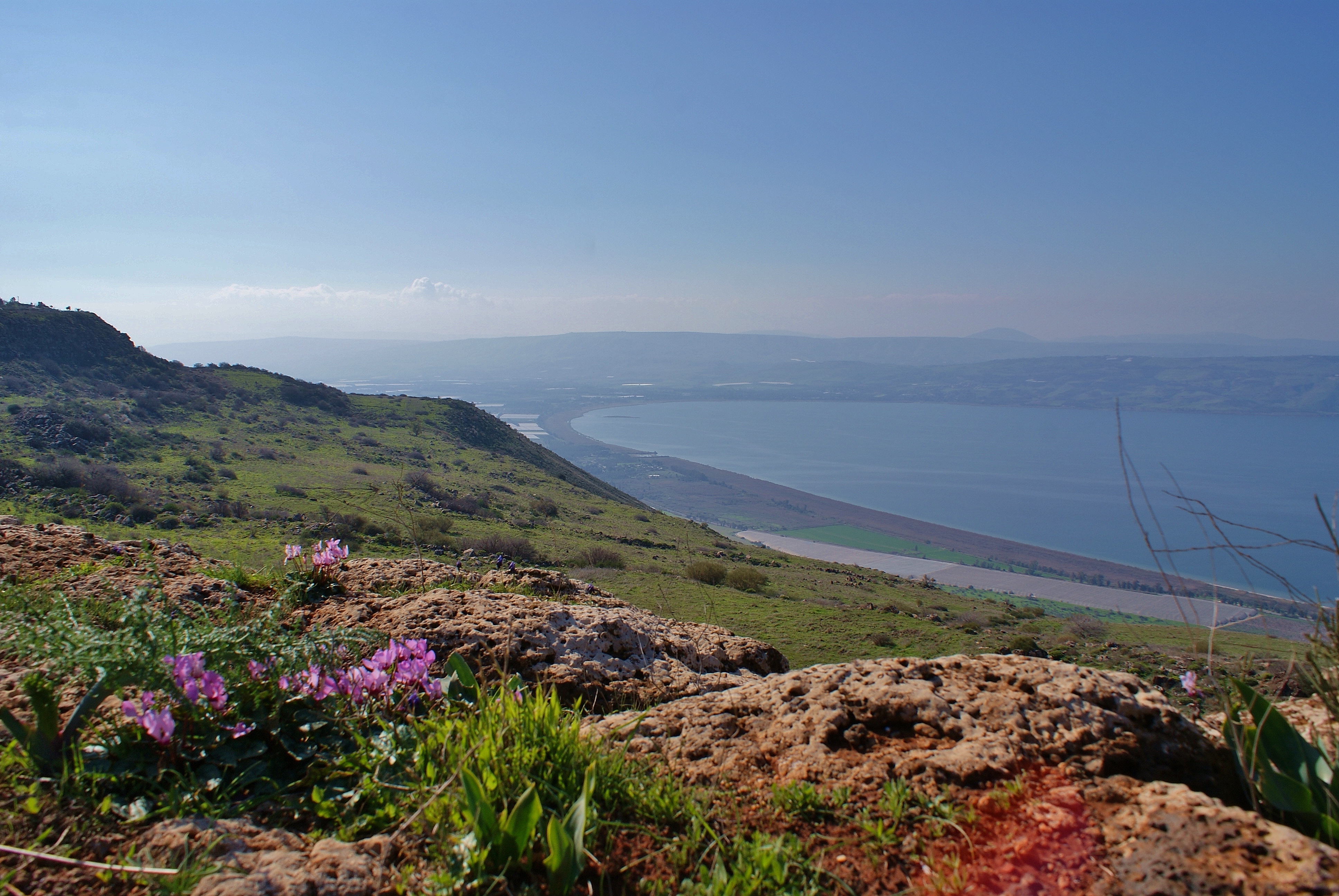As regular readers will be aware, it is extremely rare for BBC audiences to be provided with the background information necessary for their understanding of the events which preceded Israel’s capture of the Golan Heights in 1967.
All the more refreshing, therefore, was Andrew Hosken’s introduction of some context into the opening of his June 15th report for BBC World Service radio’s ‘Newshour’ (from 14:07 here), although the rest of his report was dogged by factual inaccuracies.
Reporting from a lookout point in the south Golan Heights, Hosken told listeners that:
“Before 1967 Syrian troops positioned their artillery here and used it to devastating effect to shell Israeli positions down below.”

Those “positions” were of course the civilian communities lying at the foot of the Golan Heights such as Tel Katzir, Ha’on and Ein Gev, as was noted in the recording from a tourist information point which followed Hosken’s introduction.
“Syria took advantage of its topographical superiority on the Golan Heights and for nineteen years relentlessly attacked the northern Israeli communities below.”
Hosken continued:
“So now tourists come to enjoy the view of the Sea of Galilee. The Israeli army captured most of the Golan Heights – some 500 square miles – from Syria in the last stages of the Six Day War and Israelis have occupied it ever since.”
The actual area of the Israeli Golan Heights is 1,154 square kilometers or 445.5 square miles. Listeners then heard the same tourist information recording again:
“An entire generation of children spent part of their childhood in bomb shelters and as a result was nicknamed ‘the bomb shelter children’.”
Hosken next proceeded to Moshav Yonatan which for some reason he described as being “not far from the shores of the Sea of Galilee” even though it is a 28 km drive away.
“But just four miles away from where we are, across the ceasefire lines of the 1967 Six Day War, there is the so-called Islamic State actually fighting the forces of President Bashar al Assad…”
The ceasefire lines are actually those which came into being in 1974, after the Yom Kippur War. After having asked a local resident the somewhat bizarre question of whether he prefers to have ISIS or Hizballah on his doorstep, Hosken continued:
“Of the thirty thousand or so people in the Israeli occupied Golan, less than half – around 14 thousand – are Jews. The rest are mainly Druze Arabs who straddle the 1967 ceasefire line.”
As of 2014 the population of the Golan Heights was actually 45.7 thousand – 19,900 of whom were Jews and 21,900 Druze. The claim that the Druze “straddle the 1967 ceasefire line” is presumably intended to mean that in addition to Druze residents of the Israeli Golan Heights, there are also Druze communities in Syria. Hoskens went on:
“But Israel believes that a small number of Syrian Druze are being used in sporadic attacks against Israelis in the Golan Heights by Hizballah – the militant Islamist group that is backed and funded by Iran.” [emphasis added]
The involvement of some Syrian Druze in attacks along the border is not a matter of ‘belief’ and it is of course notable that Hosken refrained from using the more accurate term ‘terrorist organisation’ when describing Hizballah.
An unidentified contributor then correctly told listeners that Hizballah’s activity along the Israel-Syria border “has nothing to do with the Syrian civil war – that’s part of Hizballah’s war against Israel” but – despite being serially under-reported by the BBC – that topic was not explored further.
After a contribution from an additional interviewee, Hosken closed his report as follows:
“For many IS remains the most immediate security threat but concern about the growing influence of Iran is now being felt across the region. But possibly with serious consequences for the world, it is being felt most acutely in Israel.”
One can of course reasonably assume that there are people in Syria, Lebanon, Yemen and elsewhere who are feeling “the growing influence of Iran” at least as acutely as Israelis. Apparently though, the BBC believes that their concerns will not have “serious consequences for the world”.
Related Articles:
More soft focus BBC presentation of Hizballah
Patchy BBC reporting on Hizballah attacks in northern Israel
Airbrushing Hizballah: BBC News report on Nasrallah speech




